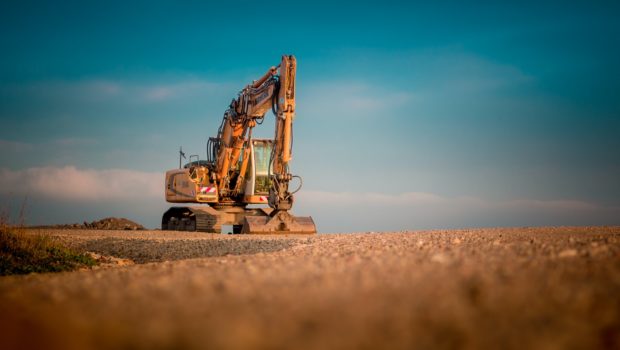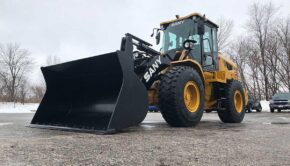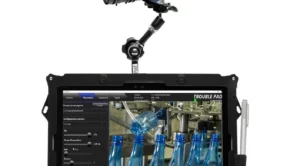What You Need to Know – Excavator 101
An excavator is a brilliant piece of machinery perfect for digging trenches, landscaping, utility and excavation projects. It’s a good idea to consider what you need an excavator for and do your due diligence before buying or opting for excavator hire.
An excavator will help you get the job done quicky and effectively. For specific projects there is an assortment of attachments to pick from, including post hole diggers and jack hammers.
What is an Excavator?
An Excavator is an essential piece of heavy equipment used on most construction sites. Often called diggers, it can be used for all your digging needs. Jobs such as material handling, mining projects by https://quarrymining.com.au/ and river dredging will benefit from having a digger on site.
The machine is made up of a boom, dipper and bucket and it’s able to rotate 360 degrees and can run on tracks or wheels depending on the project.
Selecting the Correct Excavator for The Job
Project planning will allow you to know what role the excavator will need to play in the project and how often it will be used. You can hire the correct attachments to suit the job which needs to be completed.
If you’re building on a construction site, you will need a large excavator while a mini-excavator is perfect for small back yard projects.
Six Types of Excavators Available
With so many different excavators to choose between its important to know what kinds are available and how they assist in getting the job done. Digger hire at Dobson Excavation are always there to assist in getting the job done in an efficient way. Types of excavators include:
- The crawler: This is the most common type of excavator and is used on most construction sites, so chances are you have seen one before. The machine runs on wheels instead of tracks. It’s ideal for projects such as mining and trench digging.
- Dragline Excavators: This is a much larger machine and used a dragline system to clear away earth for underwater projects or for building new roads.
- Suction Excavator: As its name suggests this type, is used for underground work, to clean debris or other such delicate work it does this using water jets and a high pressure vacuum.
- Skid Steer Excavators: Perfect for smaller projects it uses buckets which scoop and clear away debris.
- Long reach Excavator: Has a long arm able to extend up to 100 feet usually used for industrial demo projects.
- Mini Excavator: Ideal for smaller jobs this is a compact smaller version of the crawler excavator.
Safety Tips To Remember
Operating a piece of heavy machinery can be a dangerous task, especially if you have never done it before. It’s important to know the safety protocols involved. Below are some safety tips to keep in mind:
- Always wear your seat belt when the machine is moving
- Make sure the mirrors are clean and set them so that you have a full range of visibility
- Test the controls and ensure you know how to operate them correctly
- Don’t allow passengers in the cab or buckets the machine only has one seat for a reason so its not safe for multiple occupants
- Try to stay on the flattest ground possible and keep it slow and steady
- Travel directly up slopes vertically to decrease the chance of tipping over
- Never dig under the excavator as the ground can cave in
Common Misconceptions About Excavators
The undercarriage of the excavator only needs to be cleaned once in a while. This is untrue, the undercarriage should be cleared after every use. If it isn’t it can lead to premature wear and tear, displace the main seal on the travel motor and cause fluids to leak.
A wheeled excavator is unstable. This is false, it’s every bit as stable as a crawler and has equal power, breakout and depth digging capacity.
Excavators can only be used for digging roads. This is also false. It can be used for many different applications including utility application and can be fitted with attachments to suit the job requirements.
Mini in Size but Offer Maximum Power
Small but very powerful its reduced size allows it to navigate smaller spaces and manoeuvre around obstacles with ease. Other advantages of mini excavators include:
- Very easy to operate
- Can fit into compact spaces
- Causes less damage to the site
- Easier to transport from site to site
- They use hydraulic power to increase performance
- Much less noisy
- Use less fuel and leave a smaller carbon footprint
A Little Bit of History
You can trace the humble excavator all the way back to 1839 when the design was first patented. Originally running on rail way tracks it was able to move up to 12 cubic yards in a single day.
Famously it was used in 1920 to help build the Panama Canal. By 1882 the first steam powered hydraulic shovel was added. In 1960 the TY45 machine was able to rotate a full 360 degrees.
There are so many interesting facts about excavators and everything you have ever wanted to know about them. Always follow the safety top tips. Happy digging.
Cover Photo by Boukaih on Unsplash
















